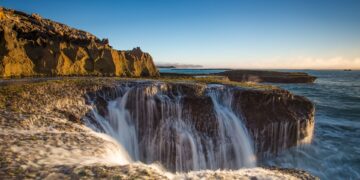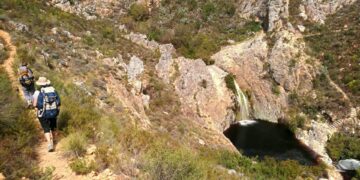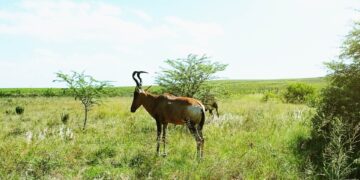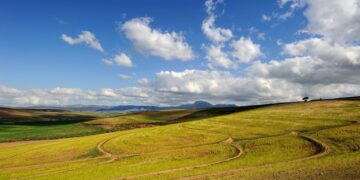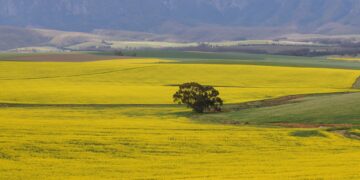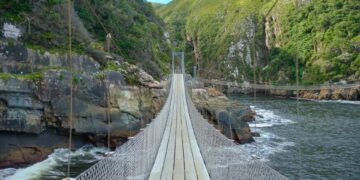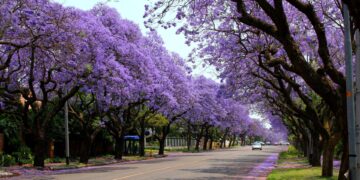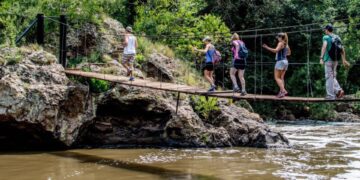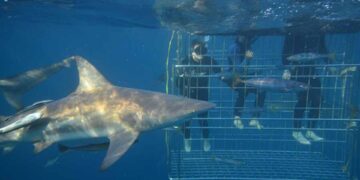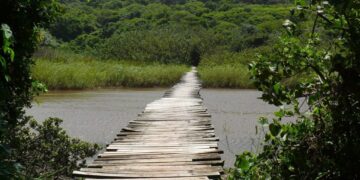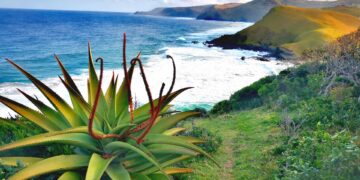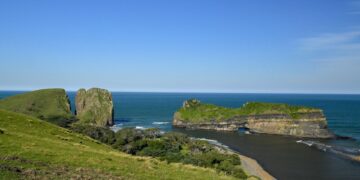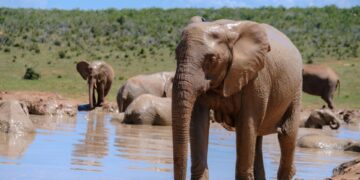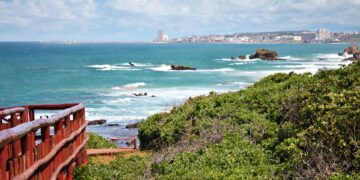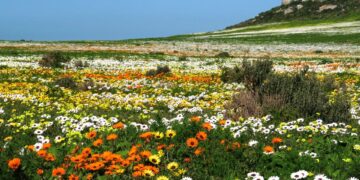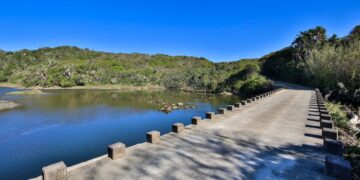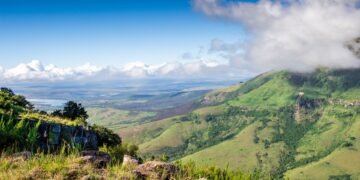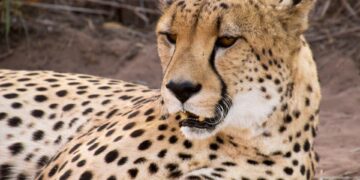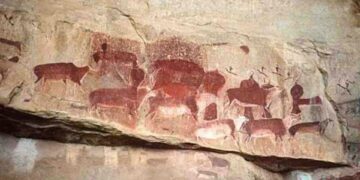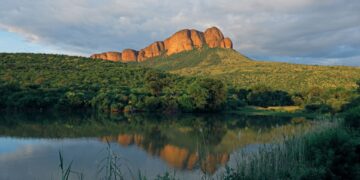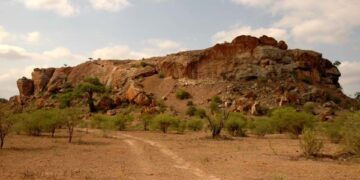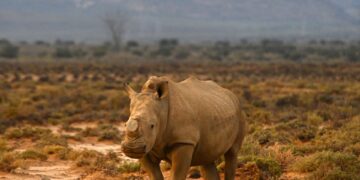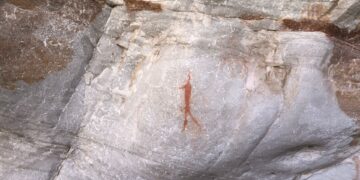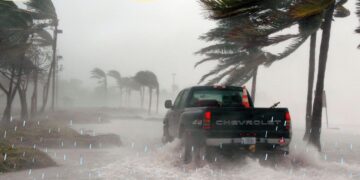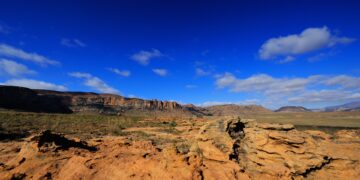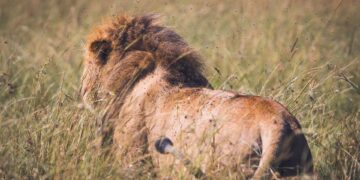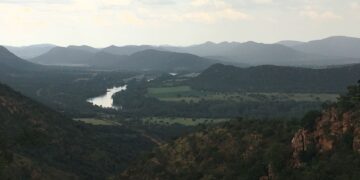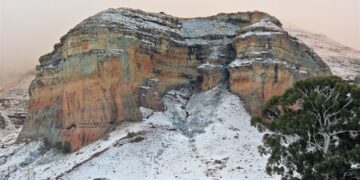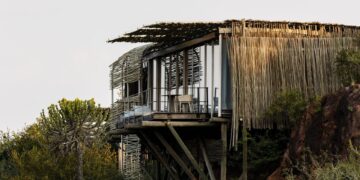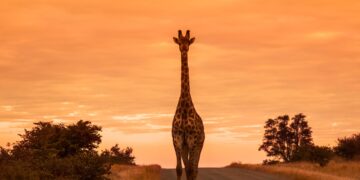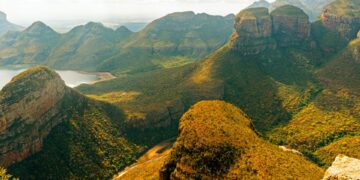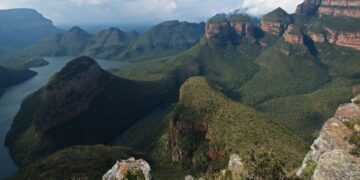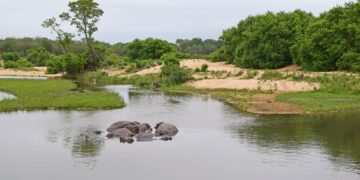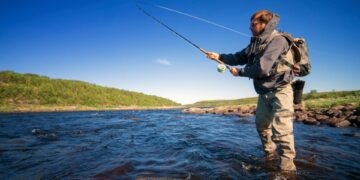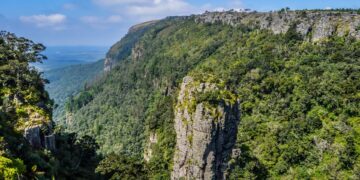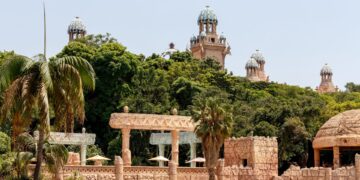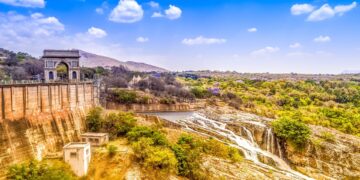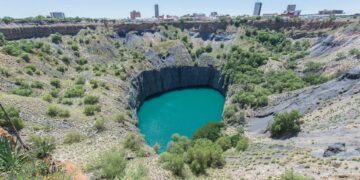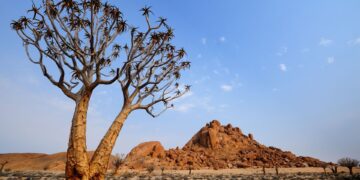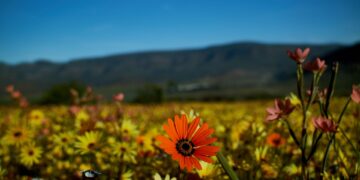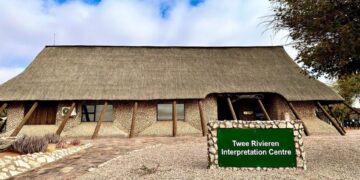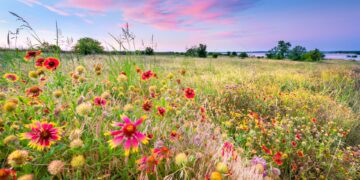South Africa has sent four cheetahs to Mozambique in an effort to help with the depleting cheetah population in the area.
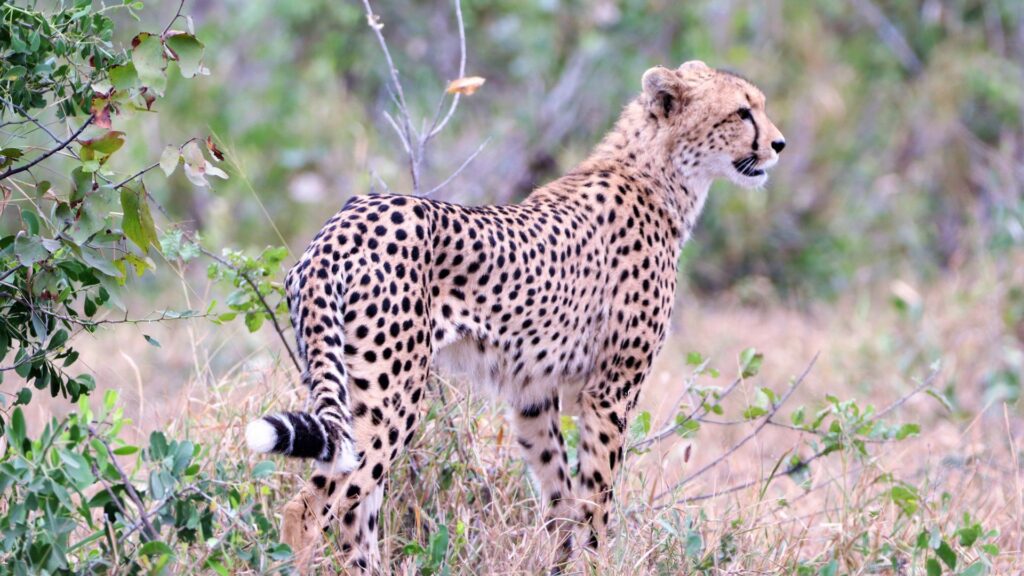
Mozambique cheetah conservation
Four cheetahs were captured from reserves within South Africa and flown across the Mozambiquan border recently, in a bid to assist with restocking efforts. The four big cats were had been held in quarantine for a month and then cleared for travel to their new home in the Mozambique Zambezi River delta.
Mozambique’s Zambezi River delta once had a significantly large cheetah population, which has unfortunately been drastically reduced by poaching and other larger cats preying upon them, reports tourism update.
South Africa’s cheetah population, in direct contrast to that of Mozambique’s, has been expanding at a rate of eight percent annually, making it possible to export some of the big cats to other countries.
ALSO READ: Cheetahs now roam KZN game reserve after almost 200 years
Rhinos also return to Mozambique
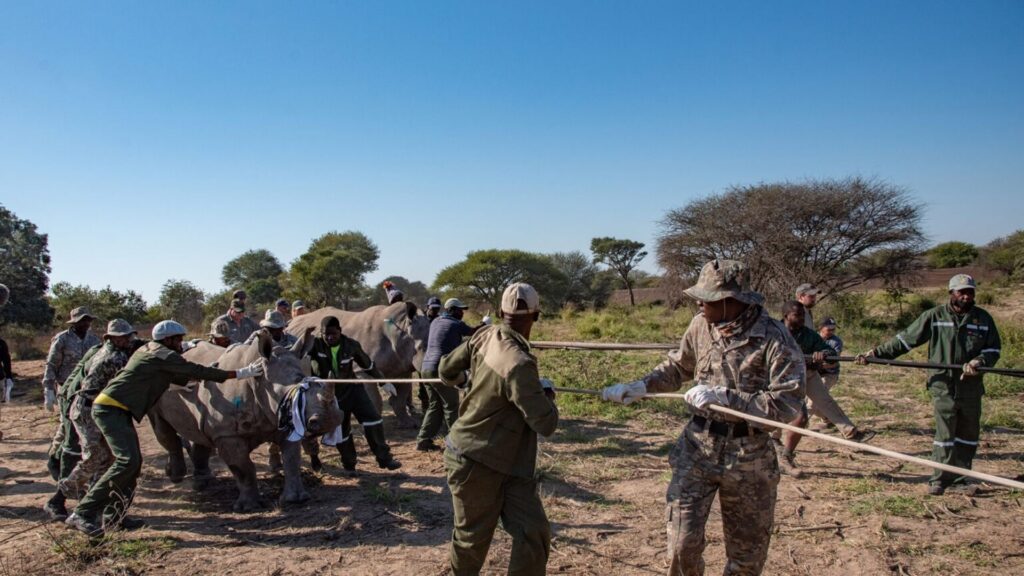
In other animal conservation news in Mozambique, 40 years after they became extinct in the region, Rhinos have returned to thrive in the country once more.
Thanks to a rehabilitation project, 19 white rhinos have successfully been translocated from South Africa to the Zinave National Park in Mozambique through the longest road-transfer of rhinos ever done.
Peace Parks Foundation project is the organisation behind the relocation, and they are solely driven towards a single purpose of restoring a tomorrow for life on Earth. They aim to re-establish, renew and preserve large functional ecosystems in order to ensure sustainability.
The 19 animals have now made their new home in the park, which spans more than 408 000 hectares and already has 2 400 other animals.
To date around 2,400 game animals representing 14 different species have been introduced to Zinave, including elephant, sable, giraffe, buffalo, zebra, wildebeest, leopard and hyena.
According to Peace Parks, the concept of ‘rewilding’ is very immportant for sustainability.
“Rewilding is a vital component of restoring nature and ecological balance in large landscapes. By reintroducing wildlife to areas where the species once thrived, biodiversity is once again restored. The restoration and preservation of natural ecosystems is also recognised as one of the most effective tools we have in mitigating climate change and can increase global carbon uptake by up to 12 times.”



